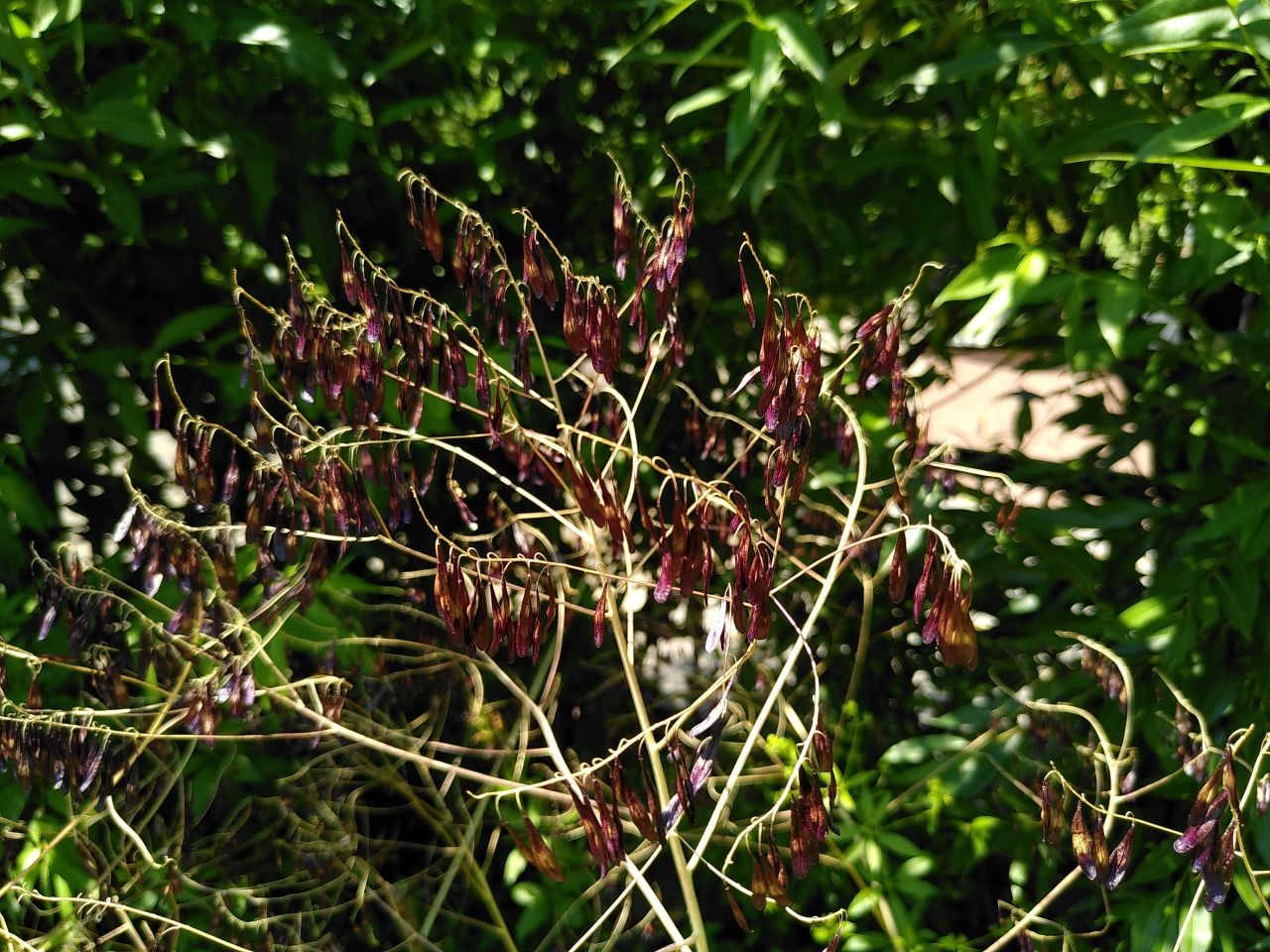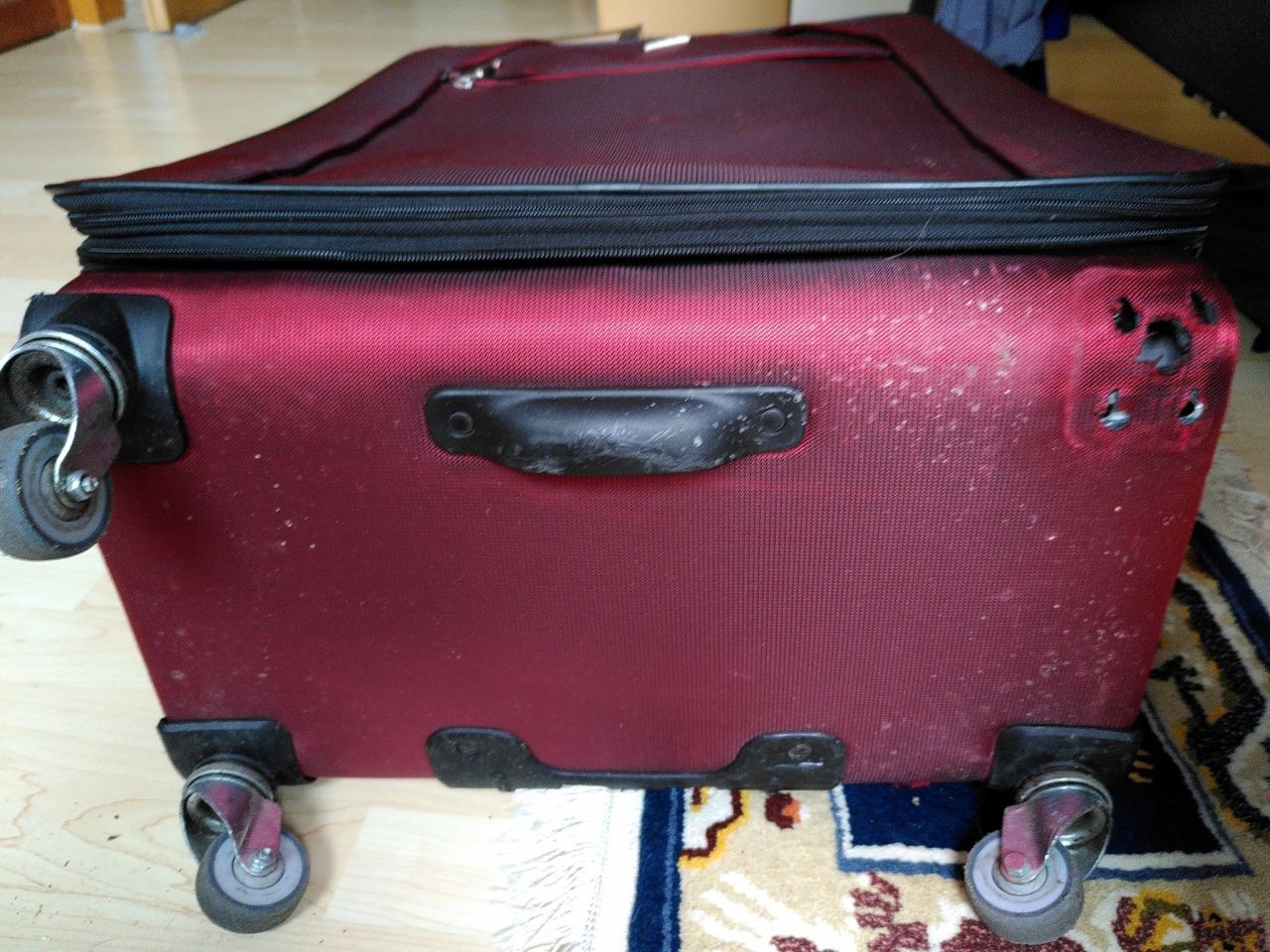After putting it off again and again, I've finally sat down today and did the long-overdue update of the website again. In the end, it wasn't as bad as I had feared, but, ah, there's always something that gets toasted with a larger update... or something that quietly, with a short sizzling sound, fried itself a while before and then you do an update and discover that something is not looking like it should, or doing what it should. Plus... that it might have been in that state for a while as well!
So, long story short: The last slightly larger shop update that I did, a good while ago by now, totally fried all the template tunings that I had done when doing the migration to the newest Joomla version. That was a lot of work just made useless, and it irked me quite a bit. However, there was no time at that point to sit down and re-do all of it for the new version, so I only did a few tweaks to remedy the worst issues, tried for functionality, and then decided that ugly (or at least not looking like I had imagined) and functioning would be good enough, and is definitely better than theoretically beautiful but offline or looking nice but not working.
Today I was feeling a little brain-dead inbetween, and in that state I figured that it would be a great idea to do the site update. Because, as we all totally know, figuring out website stuff needs no brains at all, right? Yes, exactly.
Of course clicking the correct buttons in the correct order (backup first, then updates of the extensions, then update of the system) doesn't need much brain power. But afterwards, it's time to check if everything works as it should, and looks as it should, and figure out what needs to be done where in case it doesn't. Which... well. You can probably imagine that these tasks do require some of the grey matter to be online, and a neuron or two here or there able and willing to shoot an impulse somewhere...
Fortunately my little bout of frustration was remedied by a cup of coffee and some uplifting words from the Most Patient Husband of Them All (who also thinks that not-looking-perfect-but-functioning is a fine state), and then I sat down again with a bit more brain power.
And instead of trying, as I did the last time, to re-do the template more or less from scratch... this time, after the update removed my tweaks, I did some more tweaking in a similar manner, and now it's looking acceptable again, or at least I think so. Hopefully I've also managed, this time, to place stuff into the correct override folder so it will not have to be re-done next time.
And while I was at it, I've also updated the Textile Forum website (which was not that far behind, version-wise...) and finished sending out the latest Forum newsletter. Now I sort of feel on top with the technical stuff again - so tomorrow, I can get back to all the other, not-so-technical stuff!





